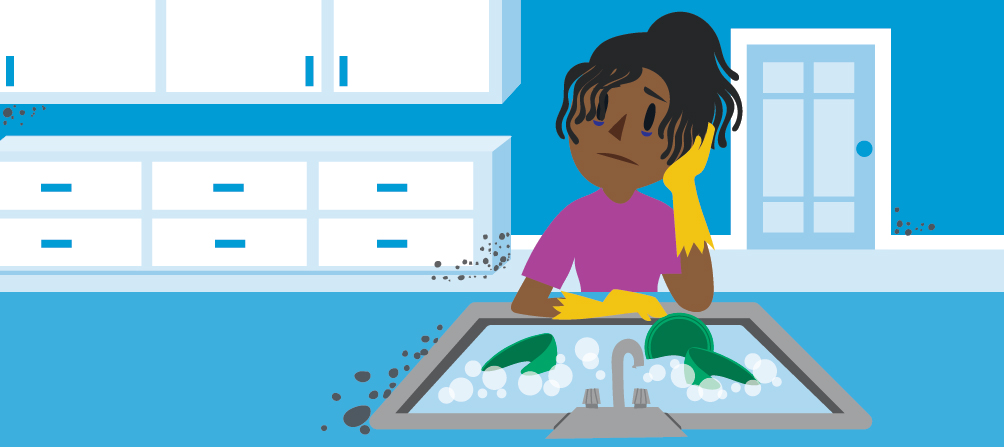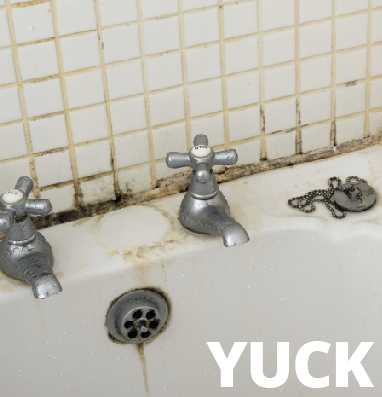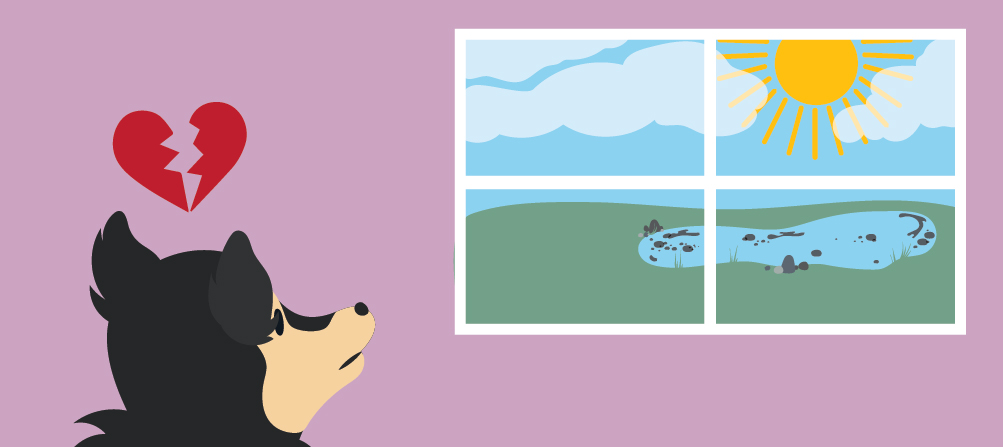Black Mold, Mycotoxins, and Our Bad Dog
Mycotoxin exposure is a serious health issue, one that can be hard to explain when it affects a patient slowly, incrementally making them feel weaker and slowly robbing them of their health. How quickly someone succumbs to the effects of mycotoxins depends on the function of their immune system and the amount of toxin exposure.

Black mold can grow in many places, most of which are damp or wet environments. Water damaged areas near windows, under sinks, and in bathrooms are all suspect. Since the onslaught of health issues comes on slowly, people often don’t notice the effect of such mold. Thus, the leak under the sink gets ignored while more and more of “that black stuff” continues to grow.



So, what does our bad dog have to do with this? Cookie, our Pomahuahua (Pomeranian and Chihuahua mix), almost died last week. We had no idea what was going on. Cookie had just come back inside from her routine evening escapade and appeared to be her normal self. However, soon after everything started to change. She began drooling, walking around as if she was drunk, and eventually she could barely hold her head up. We also believe she had a couple of short seizures. I gave her hydrogen peroxide to induce vomiting, as I thought she may have been poisoned. Didn’t work. We frantically searched high and low, inside and outside to find the culprit, only to find nothing. What ensued was one of the longest nights we’ve had in a long time.
But lo and behold! By morning she displayed signs of improvement, and by midday she was back to normal. Okay, so, what the heck happened? From living on a farm, we knew that compost piles could be a source of poison to animals. Once fully composted, the compost material is the best thing for your garden. However, both good and bad fungus, as well as bacteria, thrive in the compost material. As the natural heat production of the compost pile increases, it creates a healthy product. Until then, there are lots of harmful pathogens. If an animal eats a lot of the unfinished compost material, they can get sick. Because our compost pile was untouched, we looked elsewhere to finally find that the source was Cookie’s favorite “watering hole”. The area was a perfect environment for black mold. Because we live in the country, we are on a septic system. The kitchen sink daylights into a field that creates a wet area with lots of organic material. (We don’t pour chemicals down our sink, and we use natural cleaning products.) This is a perfect area for black mold and other nastiness to form. Normally, someone is exposed to black mold a little at a time, but Cookie managed to eat and inhale a substantial amount very quickly. Unfortunately, she paid the price.

Cookie is back to normal, and the area is now off limits to her. However, she still longingly looks that way. People who are chronically exposed to toxins wear down over time. The immune system weakens, leading to a downward health spiral.
You may not be chowing down on compost or eating the moist dirt at the end of a drainage pipe, but you could be experiencing the effects of mold exposure should you have the following symptoms: chronic fatigue and weakness, headaches, brain fog and poor memory, joint pain, chronic cough, chronic sinus congestion, vertigo, abdominal pain, increased thirst and urinary frequency, red eyes, blurred vision, and unusual skin sensations (tingling and numbness).
The treatment of mycotoxin exposure is to remove the source, provide immune system support, and begin a detox treatment. The detox treatments will vary depending on the specific toxin. This is very serious business, and treatment should be overseen by a health professional who is knowledgeable and experienced.
